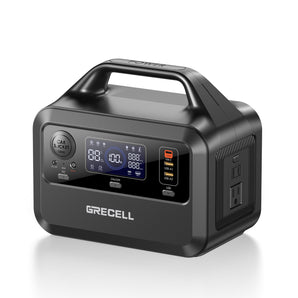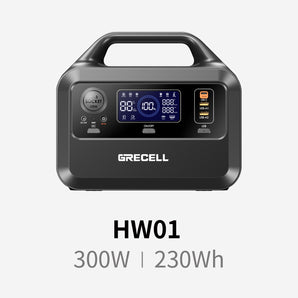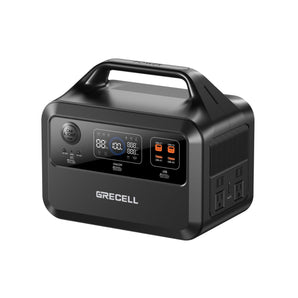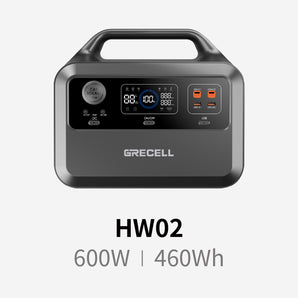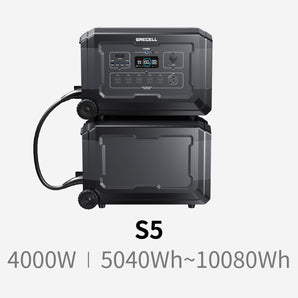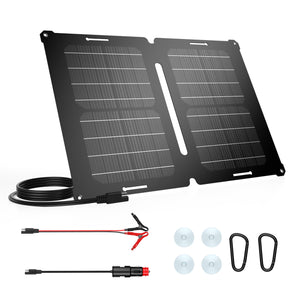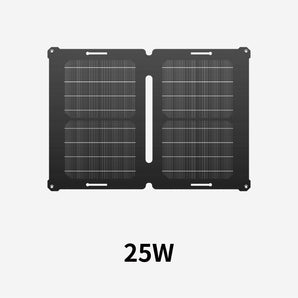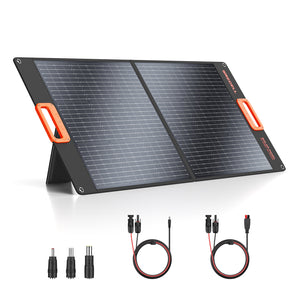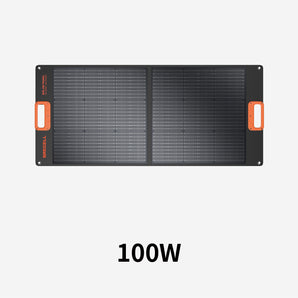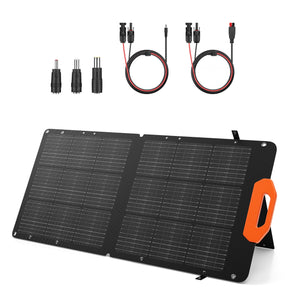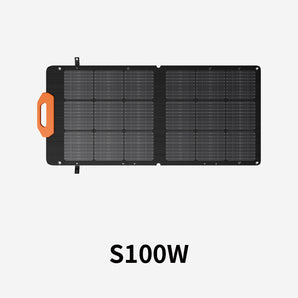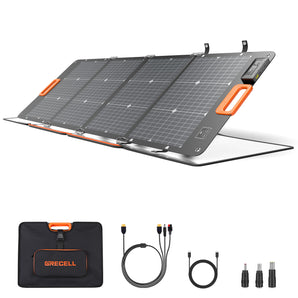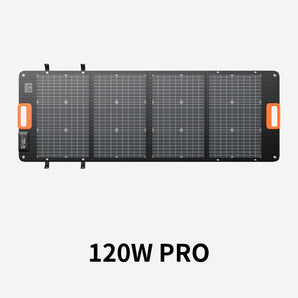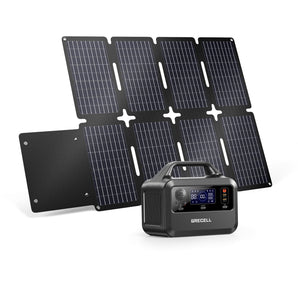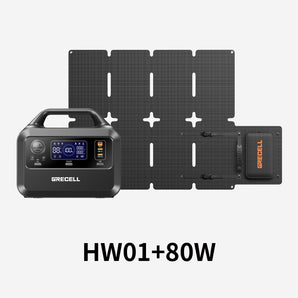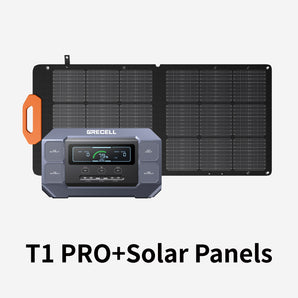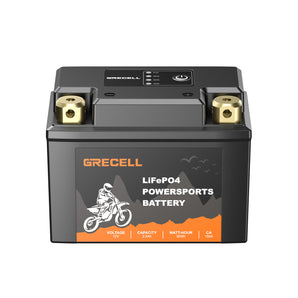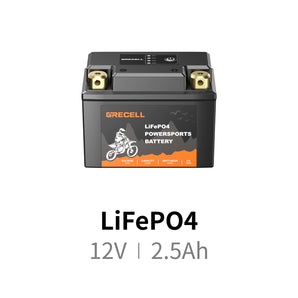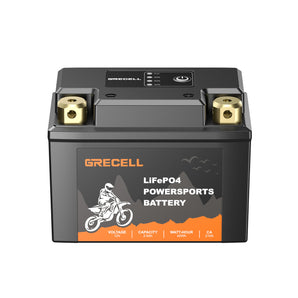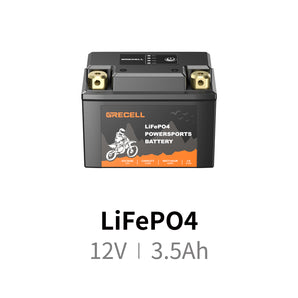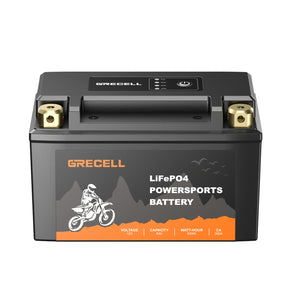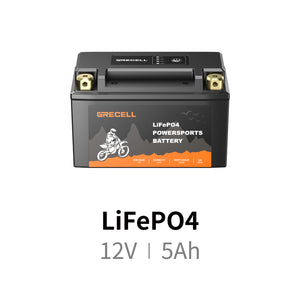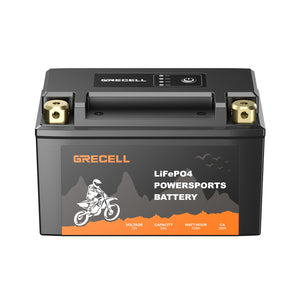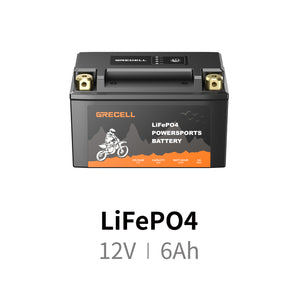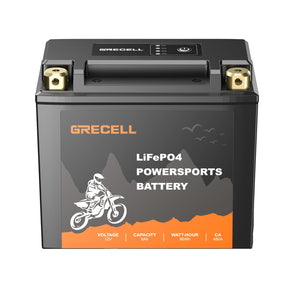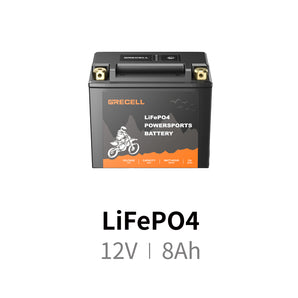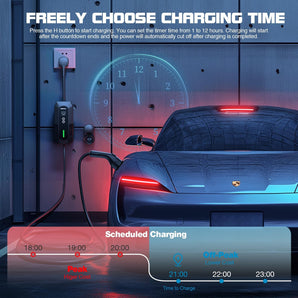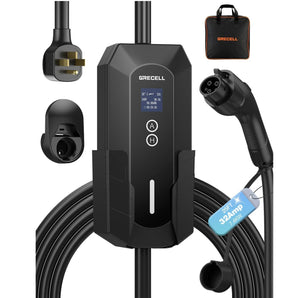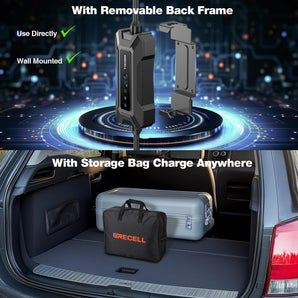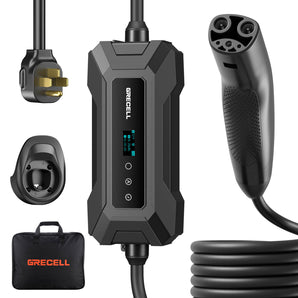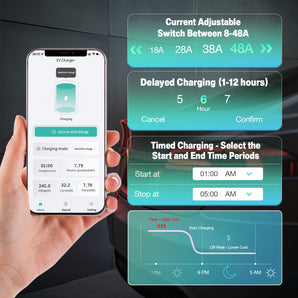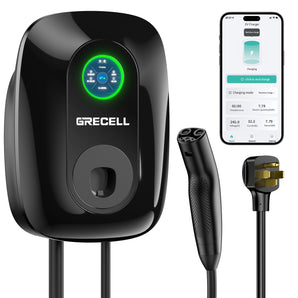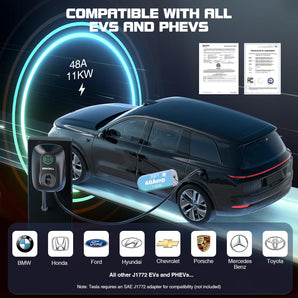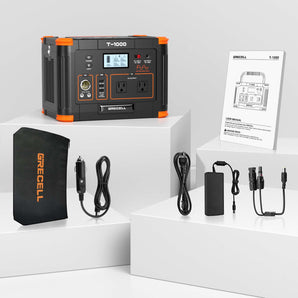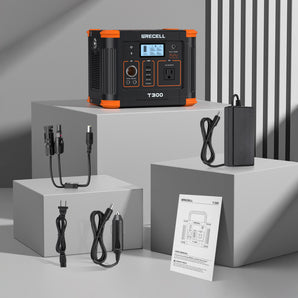Keeping a portable power station cool directly can significantly improve its performance.
High temperatures are the primary cause of reduced efficiency and accelerated battery degradation in lithium-ion cells.
Operating a unit in a hot environment forces the internal components to work harder, leading to tangible power loss and a permanently shorter lifespan.
Table of Contents
- Why Does Temperature Matter So Much for Your Power Station?
- How to Tell if Your Power Station Is Getting Too Hot?
- What Is the "Goldilocks Zone" for a Power Station?
- How Does Heat Affect Different Battery Types (LiFePO4 vs. NCM)?
- What Are the Best Proactive Ways to Keep Your Power Station Cool?
- What Should You Do If Your Power Station Is Already Overheating?
- How to Store Your Power Station for Long-Term Health?
Why Does Temperature Matter So Much for Your Power Station?
Heat isn't just a minor inconvenience for your gear; it's a direct threat to its core components. Let's break down exactly what's happening under the hood.
What Happens Inside a Battery When It Gets Hot
Inside your power station are lithium-ion battery cells. You can think of them as tiny, contained chemical reactions. When they operate, they generate a bit of heat, which is perfectly normal.
But when you add external heat, like from direct sunlight or a hot car, those chemical reactions speed up dramatically.
This accelerated activity leads to faster degradation of the cell's internal components. Put simply, heat makes your battery's health decline much faster.
Heat's Impact on Power Output and Efficiency
Have you ever noticed your power station seems to die quicker during a summer camping trip?
This is because a hot battery is an inefficient battery.
It has to expend more energy just to function, meaning less power is available for your devices.
This loss of power station efficiency means you're not getting the full capacity you paid for. You might have a 1000Wh station, but in extreme heat, it could perform like it has much less capacity.
How Heat Accelerates Battery Aging
This is the big one.
Consistent exposure to high temperatures causes irreversible damage. The internal structure of the battery cells breaks down, permanently reducing their ability to hold a charge.
This is why a power station used constantly in a hot work van will have a much shorter overall battery lifespan than one kept in a cool, ventilated space at home.
Protecting your unit from heat is the single best thing you can do for its long-term health, which is why you need to know how to spot the warning signs.
Also read: GRECELL Power Station: T300S VS. T300
How to Tell if Your Power Station Is Getting Too Hot?
Your power station has built-in ways to tell you it's overheating, and learning to spot them is simple. Let's look at the most common warning signs.
Obvious Warning Signs
It's normal for a power station to feel slightly warm during operation, especially when powering heavy-duty appliances.
However, if the casing becomes uncomfortably hot to the touch, that’s a clear red flag.
You might also notice a faint plastic smell, which can indicate that internal components are under thermal stress.
Pay attention to these physical cues; they are your first and most direct indicators of a power station overheating problem.
Understanding the Cooling Fans (And When to Be Concerned)
The built-in cooling fans are your power station’s primary defense against heat. You’ll hear them kick on automatically when the internal temperature reaches a certain threshold. This is a sign the unit is working as designed.
If the fans are running constantly at full speed even under a light load, it means the unit is struggling to stay cool.
Conversely, if the unit is hot but the fans aren't running, it could signal a malfunction that needs immediate attention.
Display Warnings and Error Codes
Most modern power stations will give you a direct warning on their LCD screen. Look for a thermometer icon or a specific temperature warning.
Some units may even display an error code or shut down an output port (like the AC inverter) automatically to protect themselves from damage.
Consult your user manual to understand what these specific codes mean, as they are the most precise alerts you will receive.
Knowing these signs is good, but preventing them is better, which starts with understanding the ideal temperature range for your device.
What Is the "Goldilocks Zone" for a Power Station?
Just like you have a preferred temperature, so does your power station. Operating it within this ideal range is key to its health. Let's define that sweet spot.
The Optimal Temperature Range for Charging
Charging is when your battery is most sensitive to temperature.
The ideal range for charging most lithium-ion power stations is between 0°C and 40°C (32°F and 104°F).
Attempting to charge a battery below freezing can cause a phenomenon called lithium plating, which can permanently damage the cell and create a safety hazard.
On the other hand, charging above 40°C (104°F) accelerates battery degradation.
The Ideal Operating Temperatures for Discharging
When you're actually using your power station to run your devices, you have a slightly wider temperature window.
The safe operating range for discharging is typically between -10°C and 40°C (14°F and 104°F).
While the unit can function in colder temperatures, be aware that its capacity will be temporarily reduced.
In extreme heat, performance will also suffer as the unit works harder to manage its internal temperature.
The closer you stay to room temperature (around 20-25°C or 68-77°F), the better your power station performance will be.
The Battery Management System (BMS)
Every Grecell power station has a sophisticated Battery Management System (BMS). This internal computer constantly monitors the temperature of the battery cells.
If it detects temperatures outside the safe operating range, it will automatically shut down the charging or discharging to prevent damage.
How Does Heat Affect Different Battery Types (LiFePO4 vs. NCM)?
The chemistry inside your unit plays a significant role in its thermal performance. Let's compare the two most common types.
Lithium Iron Phosphate (LiFePO4) Batteries
Lithium Iron Phosphate (LiFePO4) batteries are known for their exceptional safety and stability. Their chemical structure is inherently more resistant to heat.
This means a LiFePO4 battery can operate efficiently in warmer conditions without degrading as quickly as other chemistries.
They are less prone to thermal runaway, a dangerous condition of overheating, making them a robust choice for demanding, high-temperature environments.
Ternary Lithium (NCM) Batteries
Ternary Lithium (NCM) batteries, which utilize a Nickel-Cobalt-Manganese chemistry, are prized for their high energy density. This allows manufacturers to create lighter and more compact power stations.
However, this comes with a trade-off. NCM batteries are more sensitive to heat. Their optimal performance window is narrower, and they will experience a faster decline in both capacity and overall lifespan if consistently exposed to high temperatures.
Which Type Is Right for Your Environment?
Choosing between them often comes down to your primary use case.
If you frequently work or camp in hot climates and prioritize longevity and safety above all else, a LiFePO4 power station is an excellent investment.
If you need the lightest possible unit for hiking or travel and can be diligent about keeping it cool, an NCM-based model can be a great option.
What Are the Best Practical Ways to Keep Your Power Station Cool?
Preventing your power station from getting hot in the first place is always the best strategy. Here are some simple, actionable tips you can use every day.
Tip 1: Master the Art of Placement and Shade
This is the easiest and most effective tactic. Never leave your power station sitting in direct sunlight, especially not inside a car where temperatures can soar. The sun's rays will heat the casing and internals far beyond the ambient air temperature.
Always look for a shady spot.
If there's no natural shade, create some by placing it behind a backpack, under a camp chair, or by covering it with a light-colored towel (just be sure not to block the vents).
Tip 2: Give It Room to Breathe with Proper Ventilation
Your power station's cooling fans work by pulling in cooler air and exhausting hot air. For this to work, the vents must be clear.
Avoid placing your unit in a tight, enclosed space like a sealed plastic bin or a packed car trunk.
We recommend leaving at least 4-6 inches of clear space around the ventilation ports to ensure proper power station airflow.
Don't place it flush against a wall or cover it with a blanket while it's running.
Tip 3: Avoid Heat-Trapping Surfaces and Tight Spaces
Surfaces like asphalt, sand, or dark-colored metal can absorb a tremendous amount of heat and transfer it directly to the bottom of your power station.
Whenever possible, place your unit on a cooler surface like grass, a wooden picnic table, or a dedicated stand. Elevating it slightly so that air can circulate underneath, further aiding in portable generator cooling.
Tip 4: Lighten the Load to Reduce Internal Heat
The harder your power station works, the more internal heat it generates. If you're running multiple high-power devices at once on a hot day, you're creating a recipe for overheating.
If you don't need to run everything simultaneously, consider staggering the use of your appliances. This reduces the strain on the inverter and battery, minimizing internal heat buildup.
Even with the best planning, sometimes a unit can still get too hot. Knowing what to do in that moment is next.
What Should You Do If Your Power Station Is Already Overheating?
Even with the best precautions, you might find your power station is running too hot. When that happens, taking quick, decisive action can prevent damage. Here is a simple, three-step emergency cool-down procedure.
Step #1: Immediately Disconnect All Devices
The first and most important action is to reduce the unit's workload to zero.
Unplug everything from the AC, DC, and USB ports. This stops the power draw, which is the primary source of internal heat generation.
Turning off the output ports via their respective buttons is also a good practice. This is the fastest way to stop the temperature from climbing further.
Step #2: Move It to a Cooler, Shaded Location
Once everything is disconnected, physically move the power station out of the environment that caused it to overheat.
If it were in the sun, move it deep into the shade. If it were in a hot car, bring it into an air-conditioned space. The goal is to get it into a place where the ambient temperature is significantly lower, allowing the heat to start dissipating from the casing.
Step #3: Use a Fan to Aid the Cooling Process
If you have a small portable fan, point it directly at the power station’s ventilation ports. This forced airflow helps pull the hot air out and push cooler air in, working in tandem with the unit's internal fans (if they are still running) to cool the battery and inverter much faster.
Do not use it until the unit is cool to the touch.
Cooling it down when it's hot is crucial, but so is how you treat it when it's not being used at all. Proper long-term storage is the final piece of the puzzle for a long and healthy lifespan.
How to Store Your Power Station for Long-Term Health?
Proper storage is not just about putting your power station away; it's about preserving its battery health for the long haul. How you store it during the off-season can have a massive impact on its lifespan.
The "50% Rule"
Never store your power station at 100% or 0% charge for an extended period (more than a month). A fully charged battery puts stress on its internal components, while a fully depleted one risks entering a deep discharge state it can't recover from.
The ideal long-term storage charge is around 50-60%. This state of charge is the most stable for lithium-ion cells, minimizing capacity loss and preserving battery health over time.
Perform a Full Cycle Every 3 Months
Batteries don't like to sit idle forever. To keep the battery chemistry active and the internal monitoring system (the BMS) calibrated, it's best practice to wake up your power station every 3 months.
This involves fully charging it to 100%, then using it to power a device until it's nearly empty, and finally recharging it back to the 50-60% storage level.
This simple power station maintenance cycle prevents the battery from becoming dormant and ensures the display remains accurate.
Choosing the Right Storage Location
Find a location that is consistently cool and dry, like a closet or a temperature-controlled garage. Avoid places with extreme temperature swings, like an attic, a non-insulated shed, or a vehicle.
High temperatures during storage are a primary cause of non-recoverable capacity loss. Keeping it cool and stable is the key to ensuring it’s ready to go when you need it next.
Final Thoughts
We've covered a lot, but it all boils down to one simple truth: a cool power station is a happy, efficient, and long-lasting power station.
From understanding the "Goldilocks Zone" of operation to taking practical steps with shade and ventilation, managing heat is the single most effective way to protect your investment.
By following these simple practices, you ensure that your Grecell power station will be a reliable partner for all your adventures, for years to come.
Ready to find the perfect, cool-running power station for your needs?


